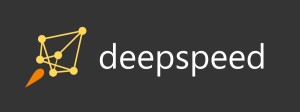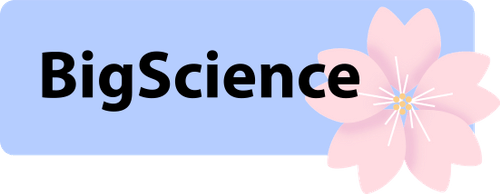The natural language processing market is booming and many new tools have recently appeared in the ecosystem. Here are the libraries, frameworks, languages, services, and actors you should know about in order to integrate text understanding and text generation in your project in 2022.

Top 10 Frameworks, Services, and Actors
- 1. Python | The best programming language for NLP
- 2. Hugging Face | A central repository for all the models
- 3. OpenAI | The company behind GPT-3
- 4. NLP Cloud | An API for natural language processing in production
- 5. Deepspeed | Parallelize your training and inference
- 6. Big Science | Hugging Face's AI research group
- 7. spaCy | A fast and production-ready framework for NLP
- 8. HF Transformers | An advanced framework for NLP
- 9. HF Tokenizers | An advanced set of tokenizers for NLP
- 10. NLTK | A research and education framework for NLP






